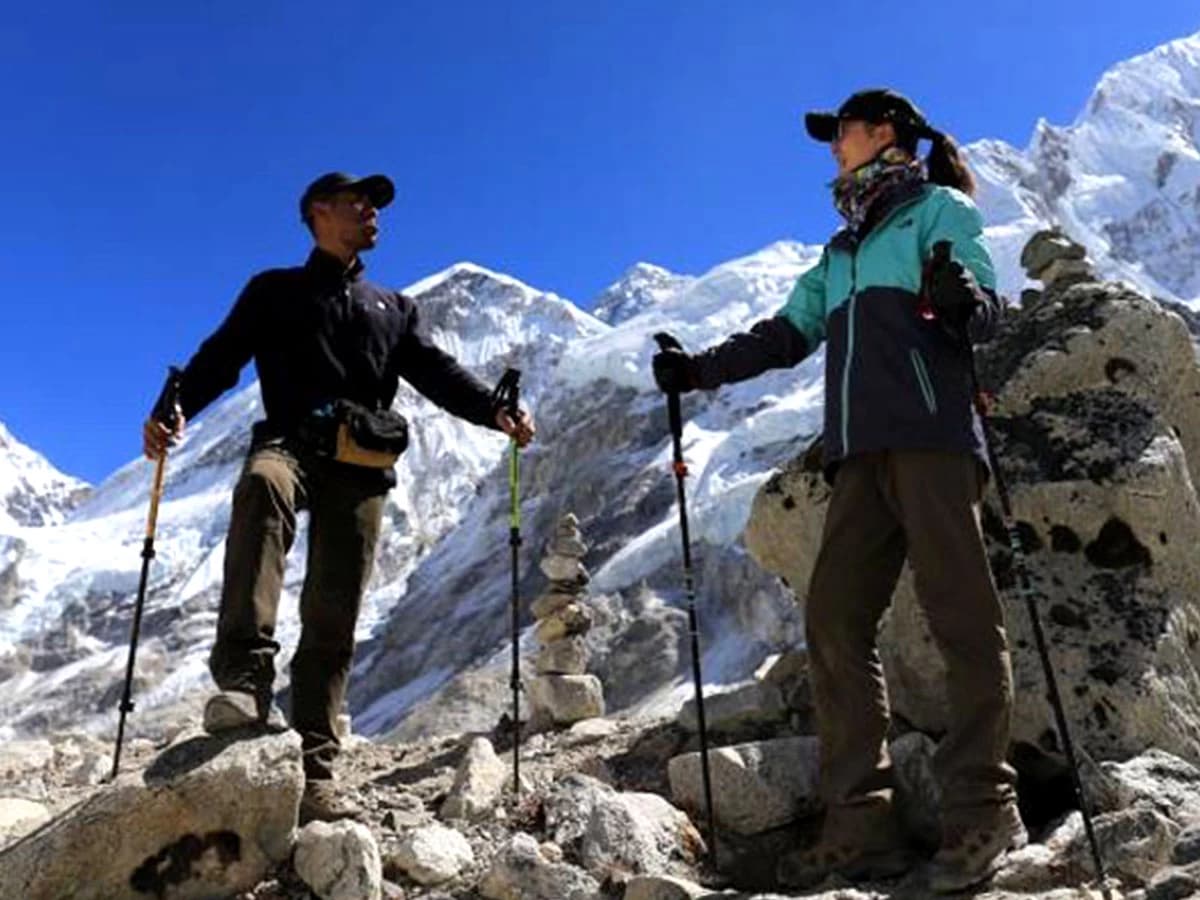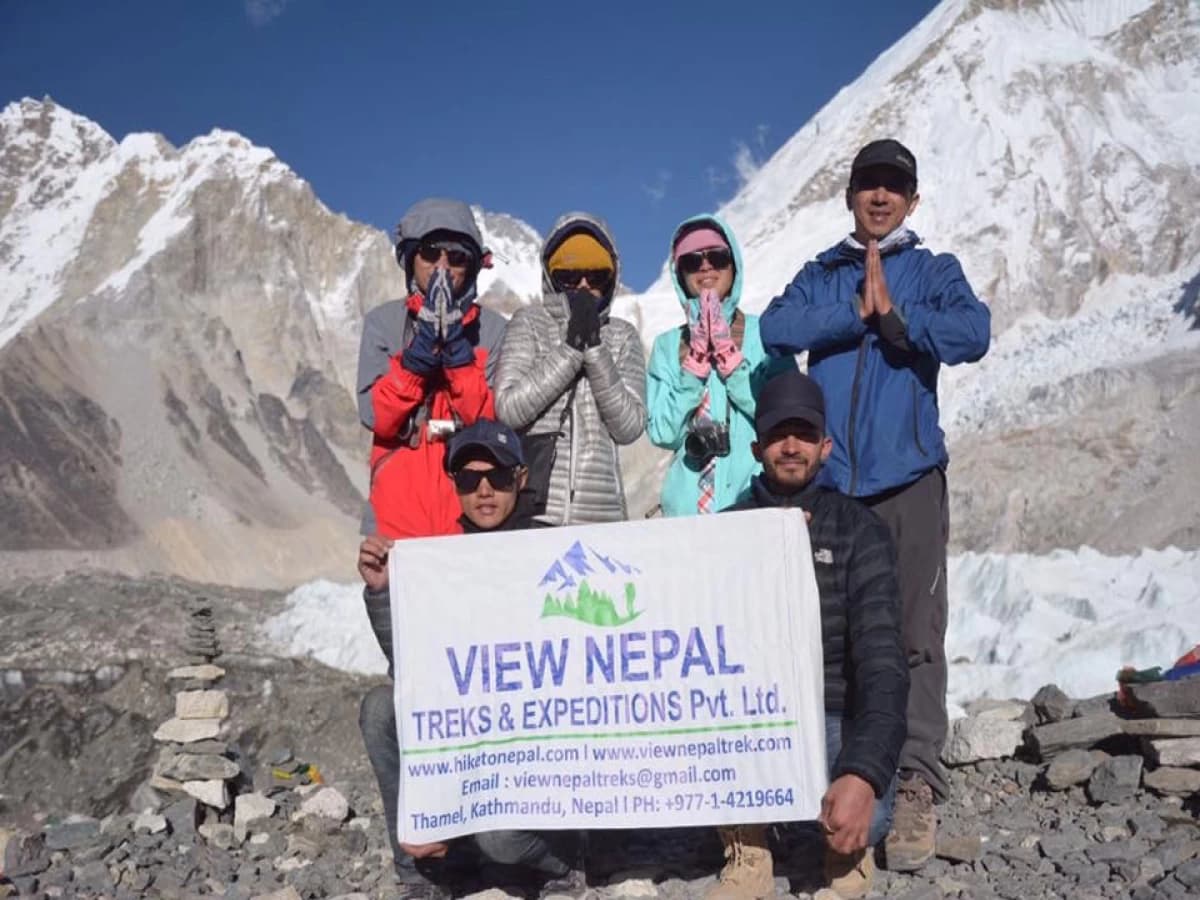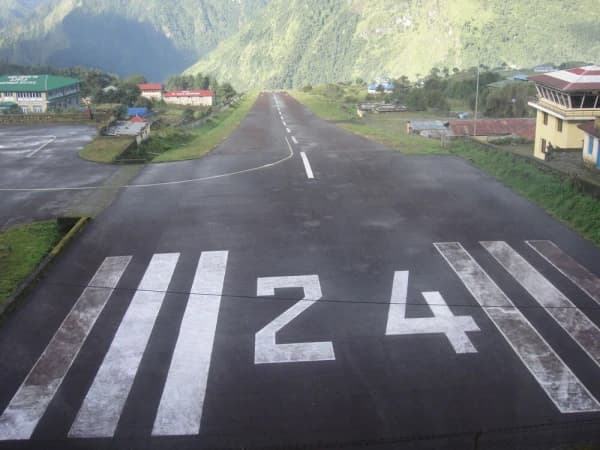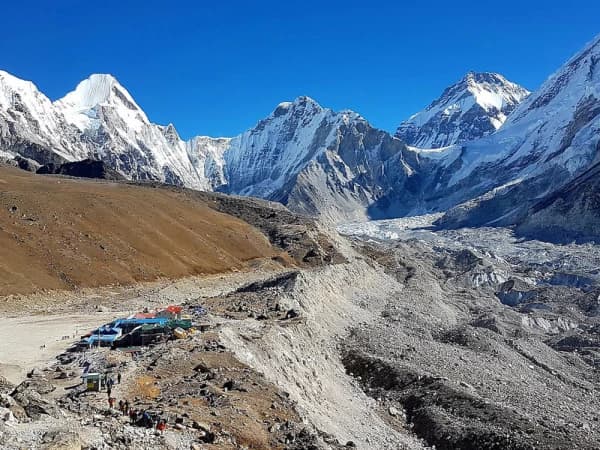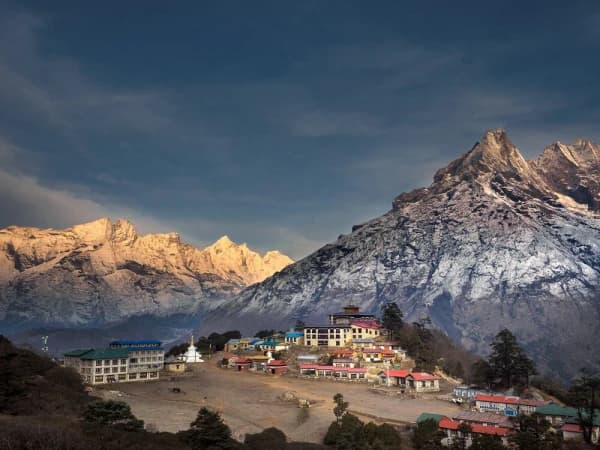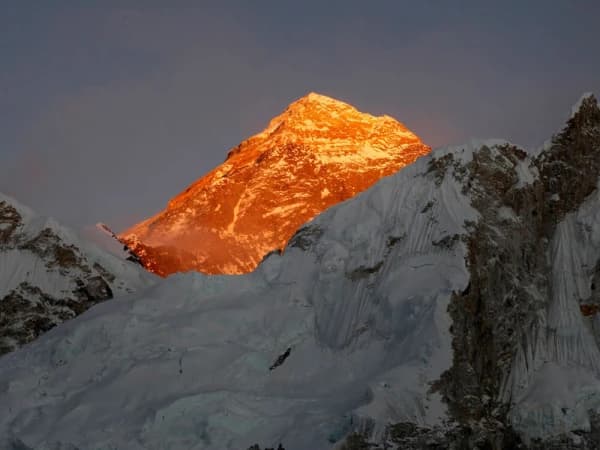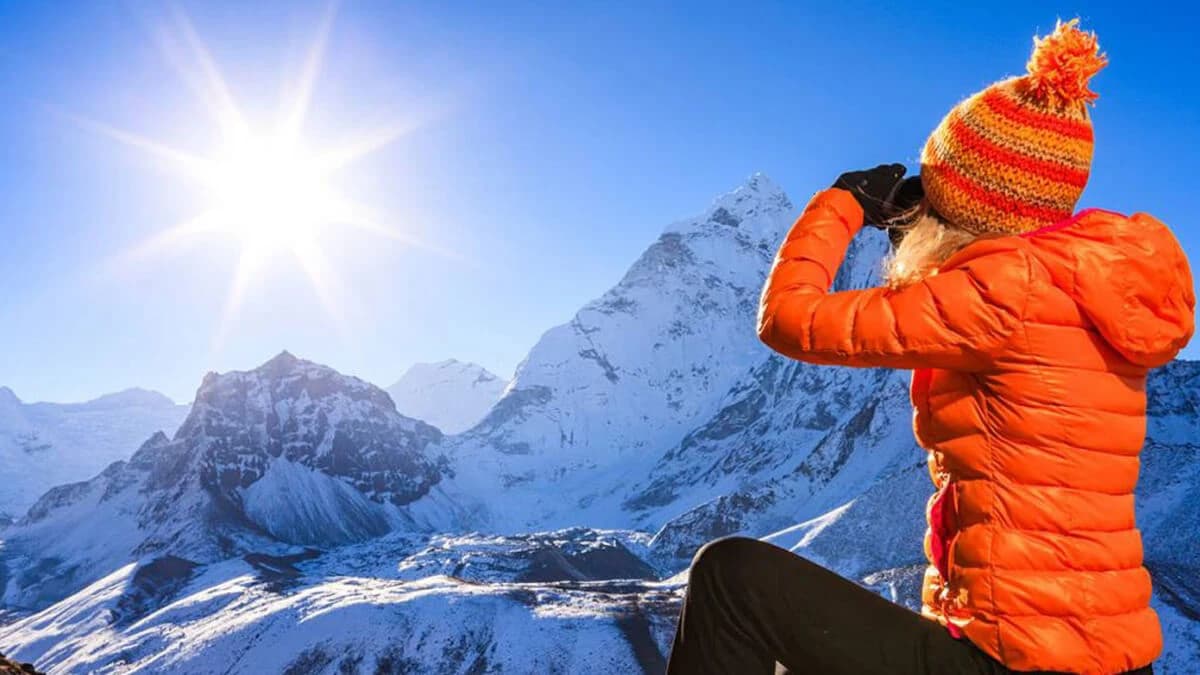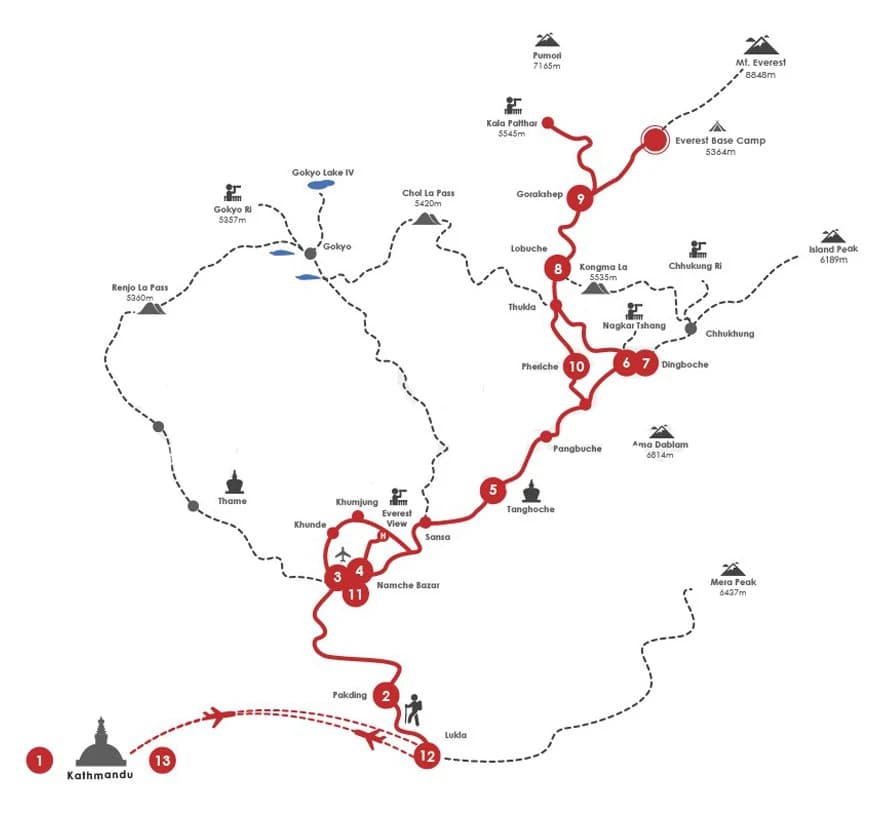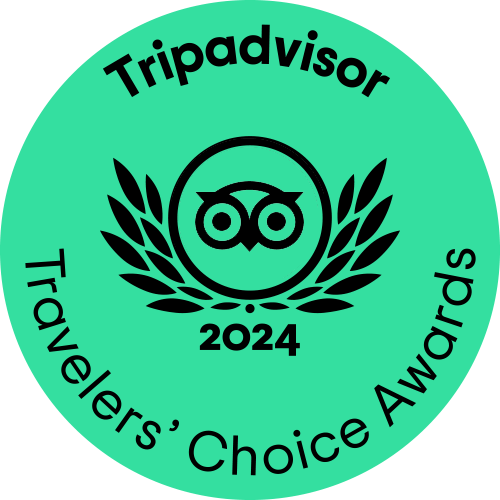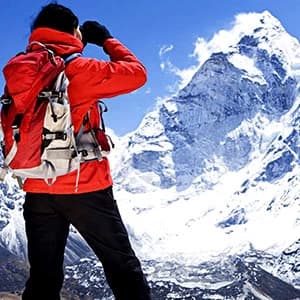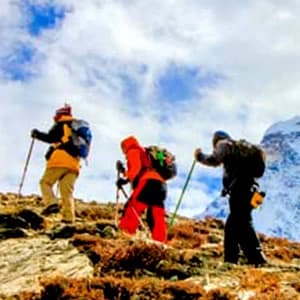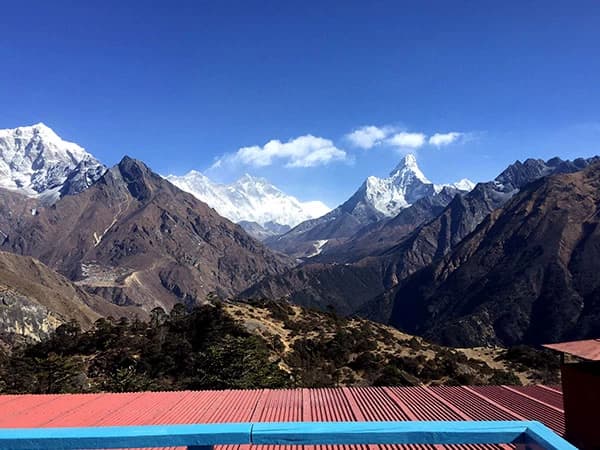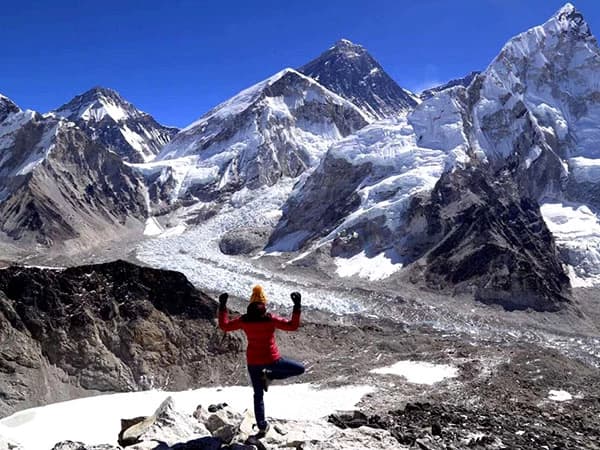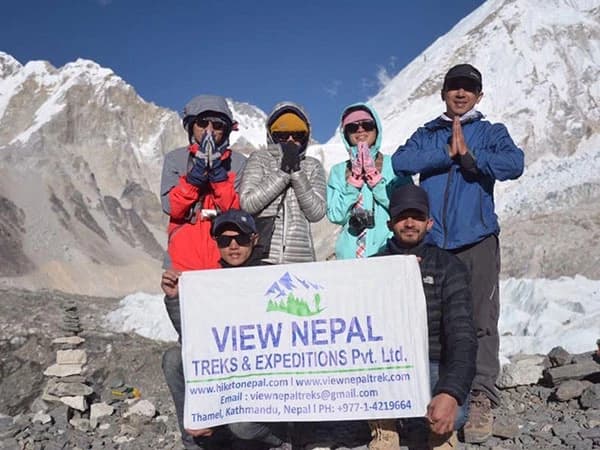Everest Base Camp Trip
Everest Base Camp Trek (EBC) is one of the most iconic trekking journeys in the world, taking adventurers deep into the heart of the Himalayas. From incredible mountain views to rich cultural experiences, this trek offers unforgettable highlights. Here’s1
The Everest region is home to some of the highest and most famous mountains in the world, including Mount Everest (8,848 meters), Lhotse, Nuptse, and Ama Dablam. The trek provides jaw-dropping views of these peaks, especially from famous vantage points like Kala Patthar (5,545 meters), which offers a close-up panorama of Everest. Watching the sunrise over these peaks is an experience that remains etched in trekkers’ memories.
The journey begins with an exhilarating flight to Lukla, one of the world’s most thrilling airports. The short but exciting flight provides a taste of what’s to come, offering aerial views of the lush valleys and dramatic peaks below. Upon landing in Lukla, the trek truly begins as adventurers step into the remote and beautiful Khumbu region.
Namche Bazaar, at 3,440 meters, is a vibrant town nestled into a steep hillside and serves as the gateway to Everest. Known for its unique blend of Sherpa culture and trekking comforts, Namche has cafes, bakeries, shops, and markets where trekkers can acclimate and enjoy the local lifestyle. The nearby Everest View Hotel offers a first glimpse of Everest, a sight that inspires trekkers as they continue their journey.
The 14 days Everest Base Camp trek passes through traditional Sherpa villages like Khumjung, Phakding, and Tengboche, allowing trekkers to immerse themselves in the local culture. The Sherpa people, known for their mountaineering skills and hospitality, share their rich traditions, food, and lifestyle. Along the trail, trekkers will encounter mani walls, Buddhist stupas, and colorful prayer flags. The Tengboche Monastery, a significant spiritual site at 3,867 meters, offers insights into the Buddhist faith, with monks performing daily rituals against a stunning mountain backdrop.
The trek’s pinnacle, Everest Base Camp (5,364 meters), is where climbers set up for their journey to the summit of Mount Everest. Reaching Base Camp is a thrilling moment for trekkers, as it represents the culmination of days of effort, acclimatization, and determination.
Standing at Base Camp, trekkers can observe the bustling activity and gain insight into the mountaineering spirit, all with spectacular views of the Khumbu Icefall and surrounding peaks. Take a pre-dawn climb to Kala Patthar, located above Gorak Shep. This viewpoint offers the best close-up view of Everest’s summit, along with a panoramic view of the Himalayan giants at sunrise. Reaching Kala Patthar is a challenging but immensely rewarding experience, offering views that leave trekkers in awe.
The Everest Base Camp Trek is a physical and mental challenge that pushes trekkers to overcome altitude, fatigue, and long days on the trail. It’s an opportunity for personal growth and endurance, leaving trekkers with a sense of accomplishment and lasting memories.
The 14-day Everest Base Camp Trek is an extraordinary blend of natural beauty, cultural exploration, and physical challenge. From the thrill of standing at the base of Mount Everest to the warm interactions with local Sherpas, the EBC trek offers a transformative experience that calls to trekkers from around the world.
Highlights
- Experience breathtaking panoramas of iconic peaks, including Mount Everest, Lhotse, and Ama Dablam.
- Start your adventure with a thrilling flight to Lukla, known for its challenging airport and stunning aerial views of the Himalayas.
- Explore this vibrant Namche Bazar, often referred to as the gateway to Everest, where you can acclimatize and enjoy local culture.
- Visit traditional Sherpa villages and Buddhist monasteries, experiencing the rich culture and hospitality of the local people.
- Reach the iconic Base Camp (5,364 meters), a significant milestone for trekkers, and witness the bustling activity of climbers preparing for their ascent.
- Climb to Kala Patthar for the best views of Everest, especially at sunrise, providing a stunning backdrop for unforgettable photos.
- Enjoy a physically demanding trek that offers personal growth, endurance, and a sense of accomplishment.
Cost of Everest Base Camp Trek - 14 days
The cost of the Everest Base Camp Trek typically ranges as follows:
- Basic Package: $1,000 to USD 1,500 per person, covering permits, guides, basic teahouse accommodations, and meals.
- Standard Package: $1,500 to USD 2,500 per person, including additional comforts like better accommodations, meals, and porters.
- Luxury Package: $3,000 to USD 5,000 per person, with high-end lodges, upgraded meals, private rooms, and more personalized support.
- These costs can vary depending on the season, group size, and trekking services included
Why Everest Base Camp Trek Could Be an Ideal Trek For You?
Everest Base Camp Trek could be an ideal trek for you because:
- Iconic Destination: Experience the thrill of standing at the base of the world’s highest peak, Mount Everest.
- Breathtaking Scenery: Enjoy stunning panoramic views of iconic Himalayan mountains, including Lhotse and Ama Dablam.
- Cultural Immersion: Discover the rich Sherpa culture, visit traditional villages, and explore Buddhist monasteries along the trail.
- Physical Challenge: The trek offers a rewarding challenge that tests your endurance and fitness levels, perfect for adventure seekers.
- Diverse Landscapes: Experience a variety of ecosystems, from lush forests to rugged alpine terrain, showcasing the beauty of the Himalayas.
- Acclimatization Opportunities: Designed with acclimatization days, the trek helps you adjust to altitude, reducing the risk of altitude sickness.
- Sense of Community: Connect with fellow trekkers from around the world, sharing experiences and building lasting friendships.
- Spiritual Experience: The tranquil atmosphere and spiritual significance of the region offer opportunities for personal reflection and growth.
- Accessible Adventure: Numerous guided trekking packages cater to different experience levels, making it accessible for many adventurers.
- Unforgettable Moments: Witness breathtaking sunrises from Kala Patthar, creating memories that will last a lifetime.
- Overall, the Everest Base Camp Trek combines adventure, natural beauty, and cultural richness, making it a perfect choice for trekkers of all levels.
What does Your day look like in Everest Base Camp Trek?
A typical day on the Everest Base Camp Trek involves waking up early in the morning to stunning mountain views, having breakfast at the teahouse/Lodge, and then setting off on the day's trekking journey. The trek includes Walking through varied terrain, crossing suspension bridges, and passing through quaint villages. Trekkers take short breaks for snacks and water, with lunch usually at a local teahouse/Lodge along the trail. After reaching the day's destination, trekkers rest, enjoy dinner, share stories with fellow trekkers, and prepare for the next day's adventure.
Who is capable of trekking to the Everest base camp trek?
Individuals with a good level of physical fitness, mental endurance, and preparation are generally capable of trekking to Everest Base Camp. It is important to be in good health, have prior trekking experience, and be prepared for high altitudes and challenging terrain. Proper acclimatization, determination, and adherence to safety guidelines are key for a successful trek to Everest Base Camp.
What can you do after booking for Everest Base Camp Trek?
After booking for the Everest Base Camp Trek, you can start preparing and planning for your adventure. Some things you can do include:
- Researching and familiarizing yourself with the trekking route and itinerary.
- Ensuring you have the necessary gear and equipment required for the trek.
- Physical training and conditioning to improve your fitness level.
- Obtaining required permits and necessary travel insurance.
- Communicating with your trekking agency or guide for any specific arrangements or questions.
- Booking your flights to and from Lukla or Kathmandu, depending on your itinerary.
- Packing your bags with essential items and clothing for the trek.
- Understanding and familiarizing yourself with altitude sickness prevention and symptoms.
- Overall, use this time to get well-prepared physically, mentally, and logistically for the challenging yet rewarding journey ahead to Everest Base Camp.
How to make your Everest Base Camp trek in Nepal successful, hassle-free, and safe with View Nepal trek & expedition?
To make your Everest Base Camp trek with View Nepal Trek & Expedition successful, hassle-free, and safe, follow these key tips:
- Professional Guides and Porters: View Nepal Trek & Expedition provides experienced guides and porters who are familiar with the terrain, culture, and safety protocols of the Everest region.
- Proper Acclimatization: The trek itinerary allows for adequate acclimatization days to prevent altitude sickness and ensure a safe and enjoyable journey.
- Quality Equipment: View Nepal provides quality trekking gear, including tents, sleeping bags, and trekking poles, ensuring your comfort and safety throughout the trek.
- Accommodation and Meals: Enjoy comfortable accommodation in teahouses and lodges along with delicious and hygienic meals prepared by experienced cooks during the trek.
- Emergency Support: View Nepal Trek & Expedition offers 24/7 emergency support and assistance, ensuring your safety and well-being in case of any unforeseen circumstances.
- By choosing View Nepal Trek & Expedition for your Everest Base Camp trek, you can rest assured that you will have a successful, hassle-free, and safe adventure in the breathtaking Himalayas of Nepal.

